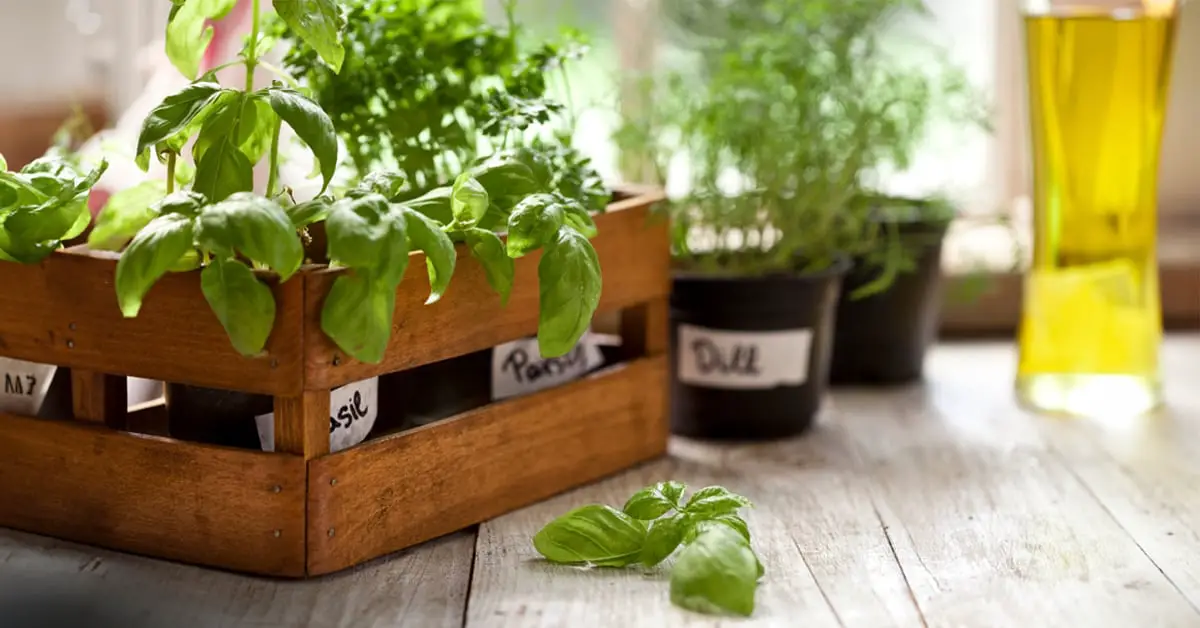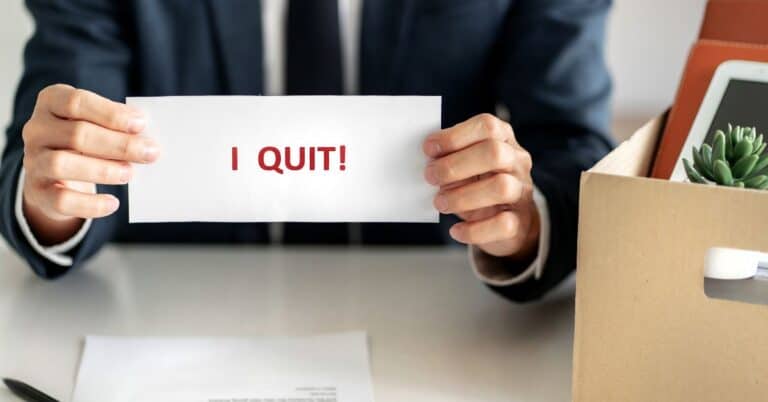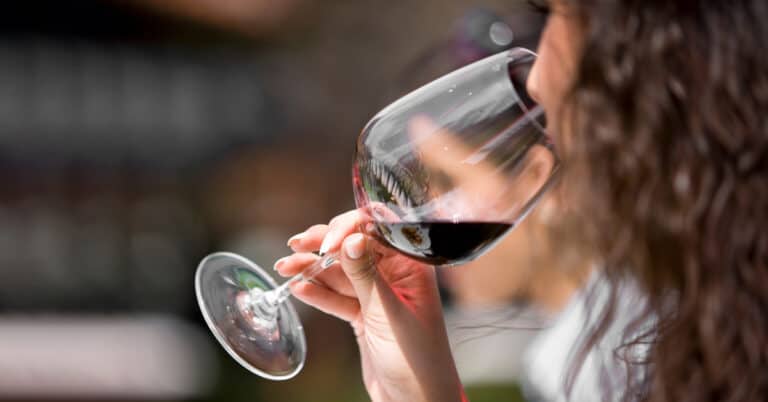Should I Worry About Garden Plants Poisoning Kids And Pets?
Spring is in the air, and gardening season is here! Tending to our plants and watching them grow can be a wonderful way to connect with nature and beautify our homes. But for some of us, the excitement of gardening can be tempered with worry about the potential dangers it poses for our little ones and furry friends.
Are all those beautiful blooms and luscious fruits hiding toxic hazards? Should we fence off our gardens and keep our loved ones at bay? Fear not! With a little knowledge and some smart precautions, you can enjoy the pleasures of gardening without putting your family at risk.
1. Know Your Plants
The first step to keeping your garden safe is to understand the plants you’re growing. Some plants can cause mild irritation or upset stomachs if ingested but are generally safe. Others can be downright poisonous and pose a serious risk to children and pets.
Do your research and learn which plants to avoid, especially if you have curious toddlers or pets that love to nibble on grass and leaves. Common culprits include daffodils, azaleas, lilies, and oleander. Check the ASPCA website for a comprehensive list of plants toxic to pets, and the poison control center for advice on dealing with potential poisonings.
2. Create Safe Zones
Obviously, it’s not practical to keep your kids and pets out of the garden altogether, but you can create safe zones where they can play and relax without getting too close to potentially harmful plants. Consider creating a fenced-in area or a designated play space that’s separate from the garden.
You can also use raised beds or containers for your plants, which can be easier to control and keep away from little hands and paws.
3. Keep Chemicals at Bay
Pesticides, herbicides, and fertilizers can be effective in keeping pests and weeds at bay, but they can also be hazardous to health if not used or stored properly. Make sure to read labels carefully and follow all instructions for use, including proper disposal of unused chemicals.
Store all chemicals out of reach of children and pets, and always wear protective clothing and gear when handling them.
4. Train Your Pets
Dogs and cats can be expert escape artists, so make sure they know the boundaries of your garden. Train them to stay away from plants or areas that are off-limits, and consider using deterrents like fences or sprays. Be especially careful with dogs that love to burrow or dig, as they can easily uproot plants or accidentally ingest dangerous bulbs and roots.
5. Be Prepared
Accidents happen, and it’s important to be prepared in case of poisoning or injury. Keep the poison control center number and your vet’s number on hand, along with a first-aid kit and any necessary antidotes for toxic plants. If you suspect your child or pet has ingested something harmful, don’t hesitate to seek medical attention.
The Bottom Line:
Gardening is a rewarding and enjoyable activity that can bring color and life to your home. By taking some simple precautions and being mindful of potential hazards, you can keep your garden safe for everyone in your family, including your furry friends.
So go ahead, dig in, and watch your garden grow!








